Through the kind offices of Paul Hardacre, editor and publisher of Alchemy Journal, my review of the new Manly Hall biography published in this month's issue appears here also.
 Master of the Mysteries: The Life of Manly Palmer Hall
Master of the Mysteries: The Life of Manly Palmer HallBy Louis Sahagun
Process Media, 2008, 295 pp., US$19.95
ISBN 978-1-934170-02-1
This biography wonderfully demystifies its subject and educates its reader. If you read much about Freemasonry, by now you surely have encountered some of the writings of Manly Hall, who wrote brilliantly and poetically about the Craft as a young man, several decades before he actually was initiated into the fraternity.
Our author is a staff writer at the Los Angeles Times where he won a Pulitzer Prize for a series on Latinos in southern California, and where he writes on subjects varying from religion to crime to the environment to politics. Sahagun uses reportage from the archives of his newspaper to sketch the socio-economic landscape of California at the very moment the Golden State began to blossom into, as Woody Guthrie would later call it, the Garden of Eden. That, plus the numerous personal interviews and countless facts, large and small, culled from Hall’s and others’ writings, enables Sahagun to show the reader the early twentieth century wonderland of endless opportunity where a Canadian teenager with a sixth-grade education was able to transform himself into a world-renowned authority on timeless teachings and founder of a school of esoteric higher education whose writings appeared on President Harry Truman’s bookshelf.
And there is no mistaking this book is a biography written by a newspaperman, and not a work of hagiography penned by a fan. Hall’s writings are well known to several generations of Freemasons, Rosicrucians, Alchemists, Hermeticists, and others who delve into occult knowledge and who may be naturally disposed to romantic idealization, but the details of Hall’s life have not been disseminated as widely as his works. Sahagun performs the valuable service of not only rendering a portrait of a man, but also of revealing the inconsistencies – perhaps hypocrisies – of a man who personally touched thousands and reached many thousands more the world over with his messages of discovery and self-improvement. Even the narrative of the book lends itself to consideration of duality as Master of the Mysteries begins with an improbable Horatio Alger-like tale of a teenager arriving in Los Angeles, and concludes with an unexpected murder mystery worthy of a Hollywood film noir.
Late in 1919, Hall arrives in the City of Angels seeking a reunion with his mother, who had abandoned him in infancy. In his exploration, Hall meets Civil War veteran Sydney J. Brownson, who occupied a part of southern California’s occult culture as a phrenologist. Recognizing potential in the teenager’s intellect, personality and physical appearance (this book’s front cover depicts the Barrymore-like visage of the young Hall), and thinking he found in Hall a younger version of himself, Brownson plays mentor to Hall’s apprentice, imparting an education in religions and ancient histories. Less than a year later, Hall would appear before his first audience – a group of half a dozen gathered to hear about reincarnation – beginning the career that would define the rest of his life.
Hall’s message in this embryonic phase incorporated knowledge from ancient Egypt and Classical Greece to medieval Christianity and the modern mysticism of Helena Blavatsky. He spoke of the importance of self-control and the necessity of right thinking and right action to achieving harmony with the laws of the universe. The ideas he espoused “impel the believer to remake his own life, correct his faults, strengthen his character, and deepen his knowledge.” In time, Hall’s repertoire would enable him to speak extemporaneously for 90 minutes, a format he would never abandon, promptly concluding his every lecture at that hour-and-a-half mark with the sign-off: “Well, that’s about all for today, folks.” He made it look so easy that his fame began to spread among fringe religion and hidden wisdom circles, and he became a peer among those who led the various fellowships and congregations of diverse seekers that always seemed to be looking for leaders. His audiences grew in size, and his appearances increased in frequency during this period of unusual spiritual exploration. Another trademark Hall adopted at this time was the one dollar admission fee paid by each audience member, not an insignificant sum at the time. Also commenced was the building of Hall’s collection of “rare and unusual” books that eventually would total 30,000 volumes and would serve as the research library of what would become the Philosophical Research Society. And it also was during this period when Hall first explored his potential as a leader of an organization – in this case, the Church of the People, with 600 congregants. “Hall had no experience whatsoever in running a church – or anything else. But the 19-year-old was naïve and enthusiastic enough to take on the duties, which included counseling in a small office people old enough to be his grandparents.” For this role, Hall “began boning up on comparative religion, philosophy, sociology and psychology,” which enabled him to answer questions with “warm, reassuring words and admonishments of Confucius or some other sage. Seemingly overnight, Hall became a one-stop source of an astonishing range of eclectic spiritual material that resonated with the intellect, and the subconscious.”
The Manly Palmer Hall the occult world cherishes to this day was born.
For comedians, timing is everything, and for salesmen, it’s “location, location, location.” For young Manly Hall, success involved both time and space. One of the most useful aspects of this book is its author’s description of the spiritual scenery of southern California in the 1910s. “It was a time when many civic and business leaders, judges, architects, physicians, engineers and entertainment industry figures were members of Masonic lodges, whose neoclassical temples were among the most imposing buildings on the southern California landscape” at a time when Hollywood consisted of only a “sparse mix of buildings and citrus groves.”
“In those days,” Sahagun continues, “the city attorney, city marshal, city treasurer and first mayor, George Dunlop, all were Masons,” as were Hollywood’s first newspaper publisher and other prominent entrepreneurs. “Hall hoped to catch their attention.” And he wasn’t alone. Newspaper advertisements for other occult organizers were abundant, and Hall kept track of them: Dr. Nephi Cottam and his craniopathy; Manneck of India; Institute for Metaphysics founder Edwin Dingle; astrologer Charles Robert Wilson; the National Academy of Metaphysics’ courses on ancient teachings; Princess Zoraida, the crystal gazer; Pneumandros, who offered a $5,000 reward to anyone who could prove that his healing powers were bogus; and Professor J.W. Parker, who claimed the Great Pyramid in Egypt was “the Bible in stone”; Prince of Destiny George Terry; Katherine “Purple Mother” Tingley; and of course H. Spencer Lewis, founder of AMORC, were among those who made California an interesting place for those outside of mainstream religions, to say nothing of the many yogis, swamis and dealers of occult books.
Yet Hall prospered where most of the others failed. By cultivating the right connections and indulging his penchant for publicity, Hall managed to ensure a steady stream of revenue and an aura of inspired confidence always characterized his endeavors. His panache is perhaps best memorialized in a single book that has captured imaginations all over the world. Nicknamed "The Big Book," Hall’s The Secret Teachings of All Ages was as grand as the decade dubbed The Roaring Twenties itself. Seven years in the making, with a production cost of $150,000, much of it raised through advance sales, The Big Book’s publisher accepted the project on the condition that the book be designed by John Henry Nash, a veteran of Vatican publishing. The result is the iconic 13 by 19-inch massive tome laden with 54 full-color plates depicting ancient and medieval symbols; hundreds of black-and-white illustrations copied from rare books; and of course the hundreds of pages of Hall’s essays on Masonic, Hermetic, Rosicrucian, Pythagorean, Native American, Qabbalistic, and other esoteric topics, mostly dictated in four-hour sessions day after day. The book’s first two print runs totaled 1,100 copies, and were sold out in advance at the price of $100 each. That’s $1,261 in today’s money. “It is a living human document pulsating with mental and spiritual vibrations of a profound thinker,” said George Barron, curator of M.H. de Young Museum in Golden Gate Park. “It takes all knowledge for its province, and reduces whole libraries to the compass of a single tome.” It has sold more than one million copies in more than 80 years. Sahagun writes:
"Hall’s life would never be the same. Overnight he went from being just another earnest young preacher in the City of Angels to becoming an icon in the increasingly influential metaphysical movement sweeping the country in the 1920s. His book challenged assumptions about society’s spiritual roots and made people look at them in new ways. His presence at a dinner gathering or civic event inspired awe."
This biography spans the coming decades of Hall’s life interspersing its major events with its even more revealing private moments, and therein is found the man many readers are meeting for the first time. There is his first marriage, to his longtime secretary, which was practically a secret, the extant mementos of which evidently are merely some “census data, a wedding certificate, a few photographs” and the coroner’s report of her suicide. We have the details of the founding and construction of his Philosophical Research Society, his famous travels around the world, his relationships with various admirers and supporters, and his eventual admission into Freemasonry, which marked the end of his writing on that subject.
Also remarkable are his many interactions with famous personalities; with almost Gump-like precision, Manly Hall appears in the most unusual company. Or maybe it’s not unusual at all that he influenced and befriended a future leader of the Greek Orthodox Church, a Nobel laureate in physics, the governor of California, and the mayor of Los Angeles. That he saw one of his writings adapted to the screen by Warner Brothers which promoted the movie with a séance at Hall’s home; that he wrote a screenplay for Boris Karloff; or that he hypnotized Bela Lugosi in a film trailer promoting the movie Black Friday. And that one of his admirers was Elvis Presley; or how his mentoring in the 1950s of a young L.A. policeman, who had a partner named Roddenberry, would result a decade later in the Star Trek episode ‘Mirror, Mirror’ concerning parallel universes. That he was friends with Harry Houdini, Aldous Huxley and Helen Keller, with whom he shared a love of Swedenborg’s occult writings. Or that on October 27, 1963 he lectured on President Kennedy’s horoscope, predicting danger for JFK; or how one of his books was found among the possessions of a young Rosicrucian student who had just murdered Robert Kennedy.
There also are stumbles, the kind inherent in any human existence, and it is without unkindness that Sahagun shares various incongruities:
"Living in the spotlight was not easy for Hall, who struggled to apply his teachings to his own life. His home life was a catastrophe of marital strife, physical ailments, alternative health regimens, and overeating all the while he tried to live up to his image as a “maestro” of practical esoteric philosophy."
Hall believed in the brotherhood of man under the fatherhood of deity, but authored an essay in 1942 titled ‘The Jew Does Not Fit In’ which echoes a view not unfamiliar to Nazism. He wrote of good will toward men, but supported using birth control to limit reproduction of the “mentally and physically unfit.” He never claimed to have received a formal education, yet he also failed to correct those who addressed him as “Doctor Hall.” He lectured on fostering harmony in marriage, but the domestic Hall was the hen-pecked husband of a domineering and often irrational second wife. He resolutely believed a healthy body was fundamentally necessary to a sound mind, but he bloated himself into obesity and its inherent health risks by overindulging his addiction to sweets, and spoiled his matinee idol looks with an enormous midsection that he tried to conceal with cleverly tailored dark suits. Hall was endlessly generous in loaning priceless books and artifacts for public display, but he governed PRS with an autocrat’s manner. He made a career out of distilling the words of the ancients, but publicly belittled an employee who attempted the same in his own way. Hall devoted his life to preserving ages-old wisdom, and yet told one of his top aides that PRS was built only for his own needs, and that he didn’t care if the school endured after his death.
Of course the cruelest dichotomy comes at the end of life. Where a man of such accomplishments had every right to set aside his working tools and peacefully depart for “the undiscovered country” at the end of long, illustrious labors, Hall died in circumstances that only the most generous and hopeful souls could call “uncertain.” Hall confidantes, private detectives, Los Angeles police and others suspect Hall was murdered by a seemingly opportunistic and manipulative aide who sought to gain control of the master’s notable wealth. The details of the body’s discovery are upsetting and need not be revealed here, and even more shameful is the ineptitude of the original autopsy performed by the county coroner, a performance that Sahagun suggests foreshadows its dismal performance in the post mortem examinations four years later of O.J. Simpson’s alleged victims. The district attorney never was satisfied that enough evidence had been amassed to proceed with murder charges. “I hated to see that guy get away,” said one LAPD detective. “We worked that case 12 hours a day. The problem was we couldn’t do that forever. We only have so many Hollywood detectives.” Because the accused was a leader in PRS, the organization wound up paying his legal fees; he died in 2001 of adrenal cancer. In 1995, five years after his death, and after repeated exhumations and examinations, Manly Palmer Hall’s body was at last cremated.
Master of the Mysteries is a very well written book, and the reader can see it is the work of a newspaper reporter, as nearly every paragraph consists of no more than three sentences, allowing for easy comprehension of the fluid prose. The writer’s own words and those of his many sources are woven together in seamless narrative unblemished by either jarring errors or obvious omissions (although researcher/publisher Jay Kinney is misnamed, twice, as “Jay Kenny,” a personal peeve of mine). The book’s illustrations were chosen wisely. This useful collection of photos, pamphlets, book covers and frontispieces, personal notes, archival records, newsletters and newspaper ads serve up history in the manner of a time capsule. This life of Many Hall is meticulously annotated with hundreds of endnotes, with an average of 53 citations per chapter. Hall’s Masonic maxim “To learn is to live, to study is to grow, and growth is the measurement of life” is revealed as his genuine way of life, but there is no mistaking this biography as anything other than a chronicle of one mortal’s existence. With the gamut of manly strengths and weaknesses, Hall is defined here in a way that recalls the wisdom of Ecclesiastes, in which Solomon himself admonishes “Remember now thy Creator in the days of thy youth, while the evil days come not…. For God shall bring every work into judgment, with every secret thing, whether it be good, or whether it be evil.” Anyone who feels indebted to Hall for sharing the Secrets should read this biography to attain greater appreciation for the man, foibles and all.






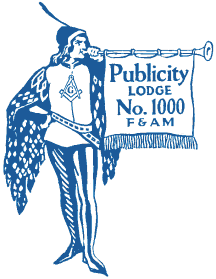

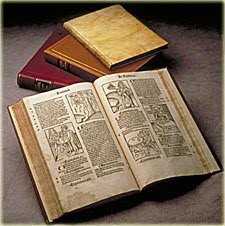


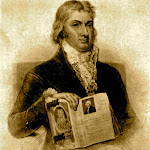




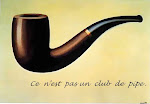
















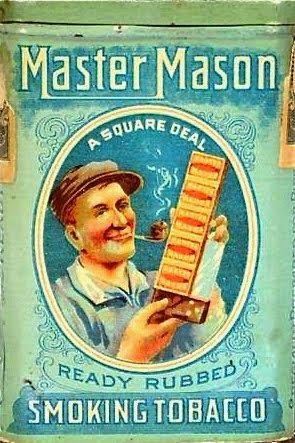


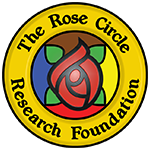

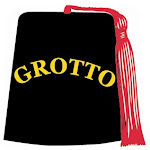








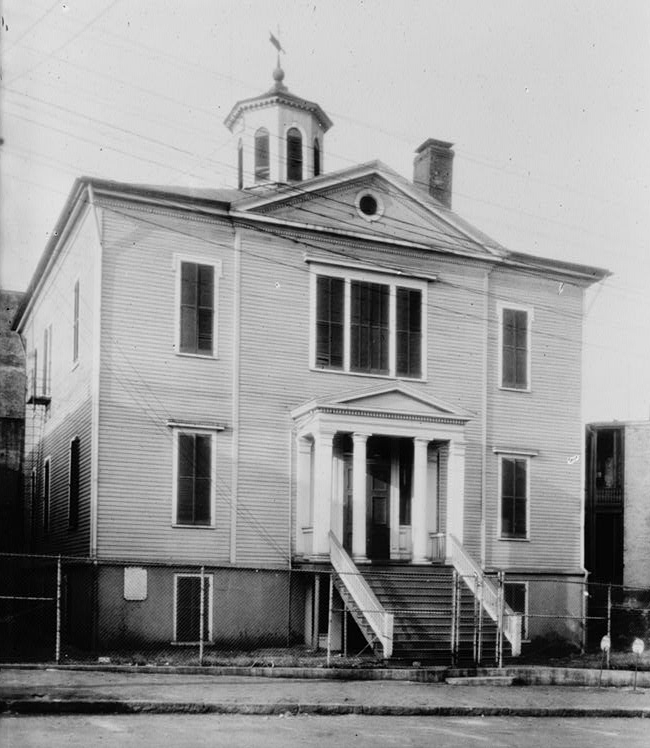
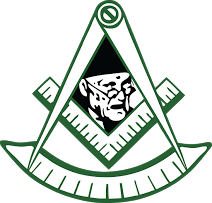
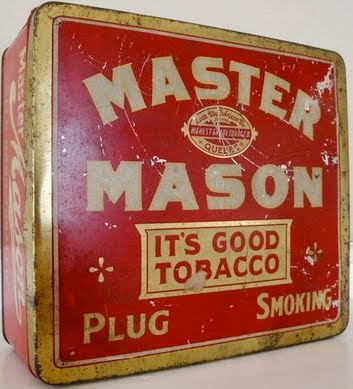



No comments:
Post a Comment